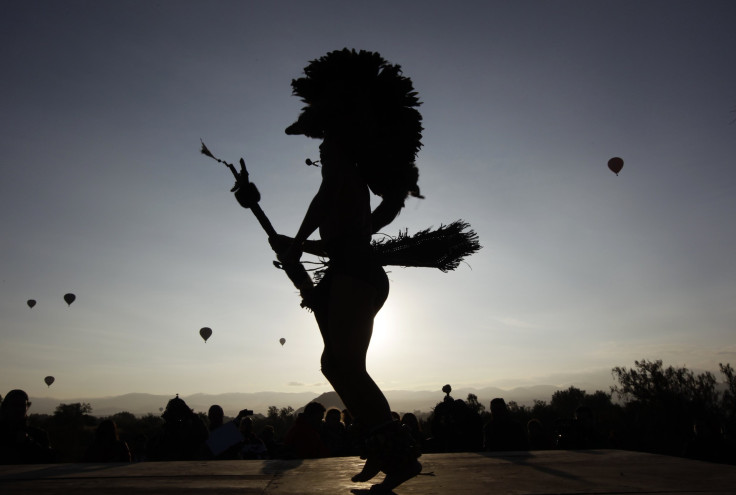
March 12 marks the beginning of a new year in the Aztec calendar. Of course, the date comes with a lot of traditions and celebration. This holiday, also called Yancuic Xihuitl is observed in some Nahua communities in Mexico. The Nahuas are a group of indigenous people of Mexico and El Salvador. Their language of Uto-Aztecan affiliation is called Nahuatl and consists of many more dialects and variants, a number of which are mutually unintelligible. About 1,500,000 Nahua speak Nahuatl and another 1,000,000 speak only Spanish.
Their New Year celebration has resulted in important events that take place in different localities such as Huauchinango, Naupan, Mexico City, Zongolica, and Xicotepec. Here are 6 things to know about this fascinating holiday.
1) Although Yancuic Xihuitl is March 12, nine days before the spring equinox, the celebrations take place on the night of the 11th, as is the case with our New Year's Eve.
2) Celebrations consist of a series of ceremonial songs and dances to the beat of drums during which seeds are presented as offerings and “ocote” (pitch-pine) candles are lit. The ocote or ocotl produces a highly flammable and very aromatic resin.
3) The dances are visually fascinating, not only for its antiquity but also by the colorful folk costumes. They are embroidered with a lot of colors and topped with quetzal feather headdresses.
4) At the end of the celebrations, they burn a “flag” that represents the year that ended and they perfume the replacement flag.
5) Then they proceed to greet the New Year by making noises with seashells, as did the Aztecs centuries ago.
6) Later on they sprinkle “pulque” or some liquor taken from the magüey (a type of cactus), and to finish the rituals, they launch fireworks, which were added to the celebration in the modern days.
© 2025 Latin Times. All rights reserved. Do not reproduce without permission.





